Match the redox process in Column - I with n - factor for underlined species in Column - II
 Solution in Telugu
Solution in Telugu
The correct Answer is:A - P ; B - S ; C - Q ; D - R
As2S3→AsO−3+SO2−4−28
I2→I−+IO−3−5/3
H3PO2→PH3+2H3PO3−4/3
H3PO2+NaOH→−1NaH2PO2+H2O
Topper's Solved these Questions
- REDOX REACTIONSBOOK - AAKASH SERIESCHAPTER - REDOX REACTIONSEXERCISE - LECTURE SHEET (EXERCISE - II) (LEVEL - II (ADVANCED)) (Integer Type Questions)
8 Videos
- REDOX REACTIONSBOOK - AAKASH SERIESCHAPTER - REDOX REACTIONSEXERCISE - PRACTICE SHEET (EXERCISE - I) (LEVEL - I (MAIN))(Straight Objective Type Questions)
25 Videos
- REDOX REACTIONSBOOK - AAKASH SERIESCHAPTER - REDOX REACTIONSEXERCISE - LECTURE SHEET (EXERCISE - II) (LEVEL - II (ADVANCED)) (Linked Comprehension Type Questions)
9 Videos
- PURIFICATION OF ORGANIC COMPOUNDS AND IUPAC NOMENCLATUREBOOK - AAKASH SERIESCHAPTER - PURIFICATION OF ORGANIC COMPOUNDS AND IUPAC NOMENCLATUREEXERCISE - ADDITIONAL PRCATICE EXERCISE (LEVEL - II (LECTURE SHEET (ADVANCED) INTEGER TYPE QUESTIONS)
2 Videos
- REVISION EXERCISE BOOK - AAKASH SERIESCHAPTER - REVISION EXERCISE EXERCISE - CHEMICAL EQUILIBRIUM
107 Videos
Similar Questions
In the reaction SnO2+nC→Sn+nCO then the value of n is _____
View SolutionWhich of the following shows highest oxidation number in combined state
View SolutionThe equivalent weights of oxidising and reducing agents can be calculated by the number of electrons gained or lost. The equivalent weight of an oxidising agent is the number of parts by weight of the substance which gains one electron. Thus, it is equal to the molecular weight of the substance divided by the number of electrons gained in the balanced chemical equation. Similarly, equivalent weight of a reducing agent is equal to the molecular weight divided by the number of electrons lost as represented in the balanced chemical equation
Equivalent weight of MnO−4 in acidic, basic and neutral media are in the ratio of
View Solution
How many types of functional groups are present in given compound
View Solution50 g CaCO3 is allowed to dissociated in 22.4 lit vessel at 819∘C . If 50% of CaCO3 is left at equilibrium , active masses of CaCO3 , CaO and CO2 respectively are
View SolutionMatch the species in Column I with the type of hybrid orbitals in Column II.
View SolutionMatch the species in Column I with the geometry/shape in Column II.
View SolutionMatch the species in Column I with the bond order in Column II.
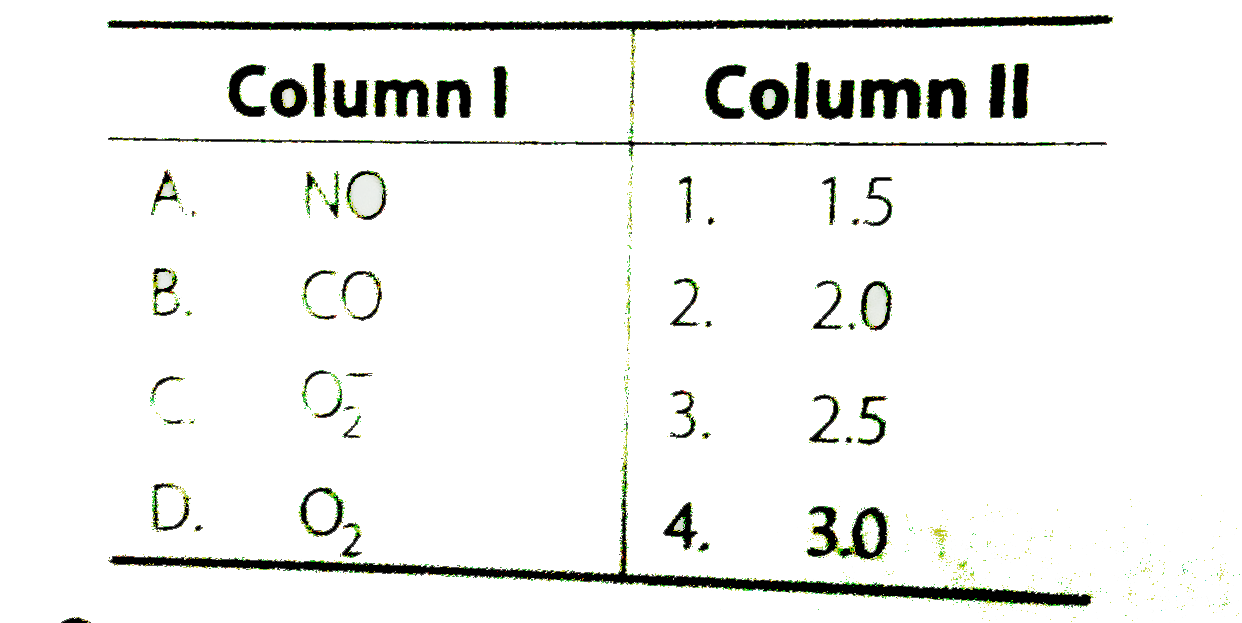
View SolutionMatch the species given in column I with prperties given in Column II.

View SolutionMatch the species in Column I with the bond order in Column II.
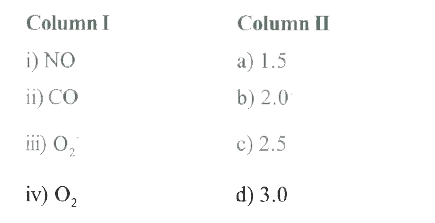
View SolutionMatch species given in column I with the electronic configuration given in column II.
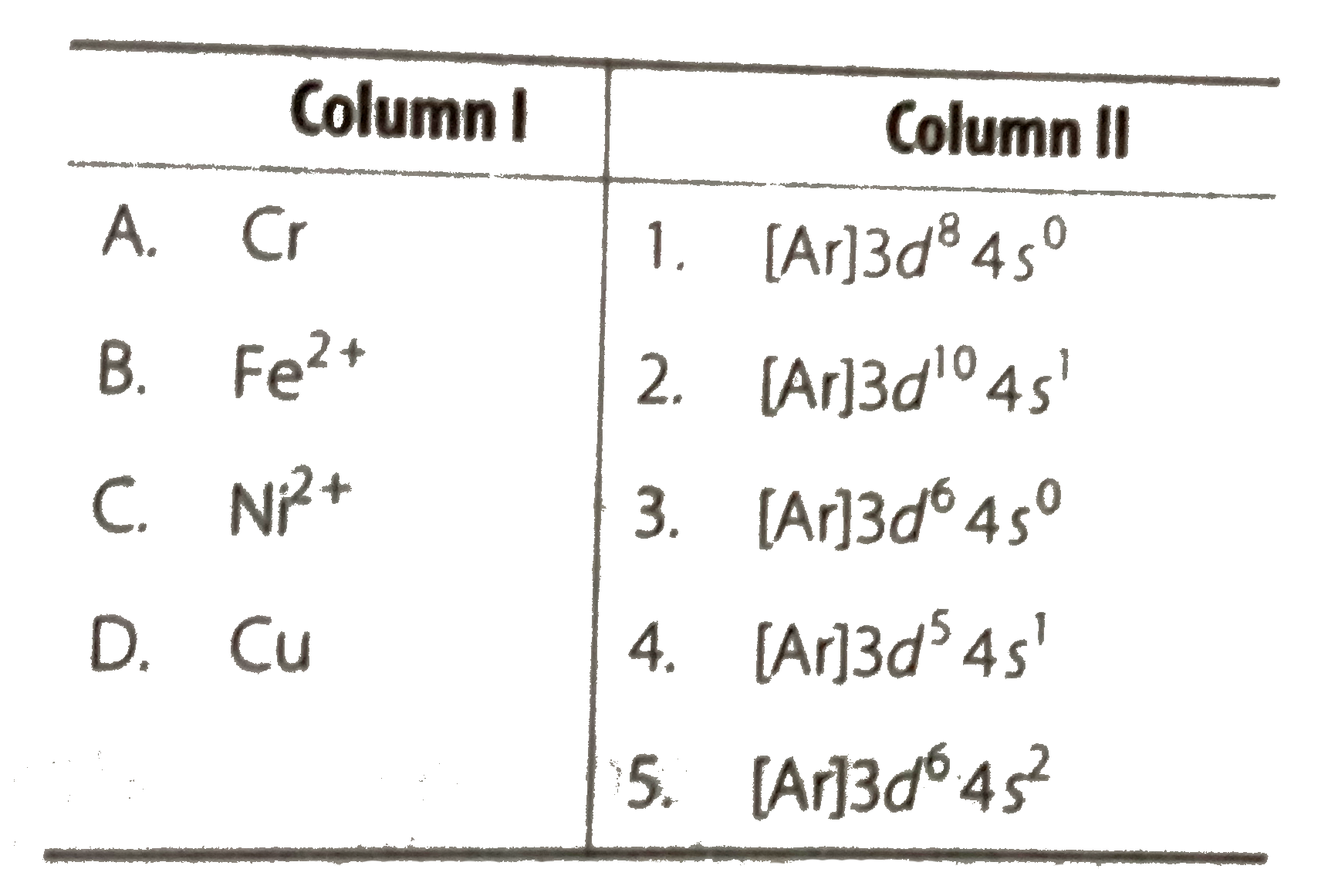
View SolutionMatch the species in Column I with the geometry/shape in Column II.
View SolutionMatch species given in Column-I with the electronic configuration given in Column-II
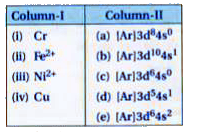
View SolutionMatch the species in Column-I with the type of hybrid orbitals in Column-II :
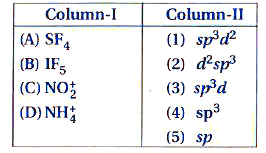
View SolutionMatch the species in Column-I with the geometry/ shape in Column-II :
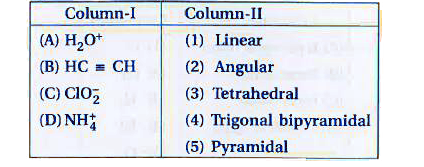
View Solution
